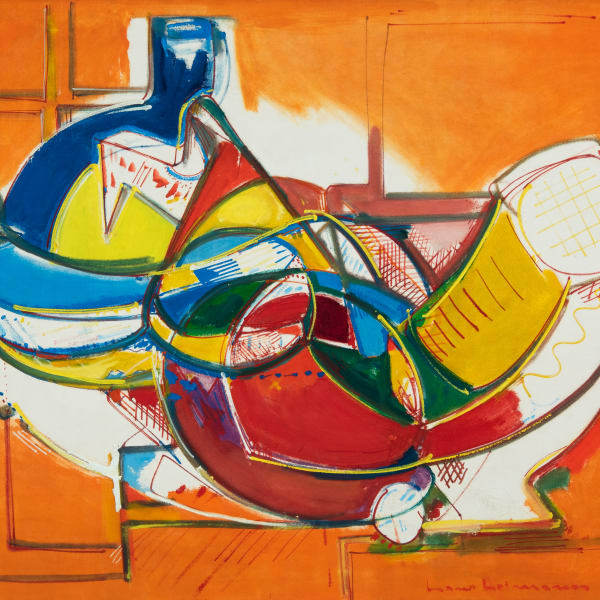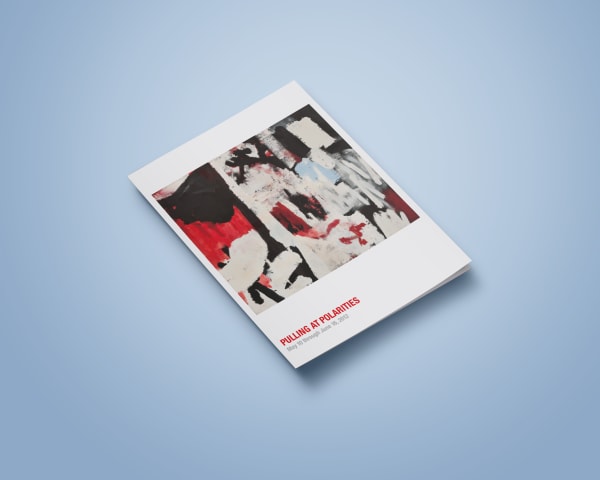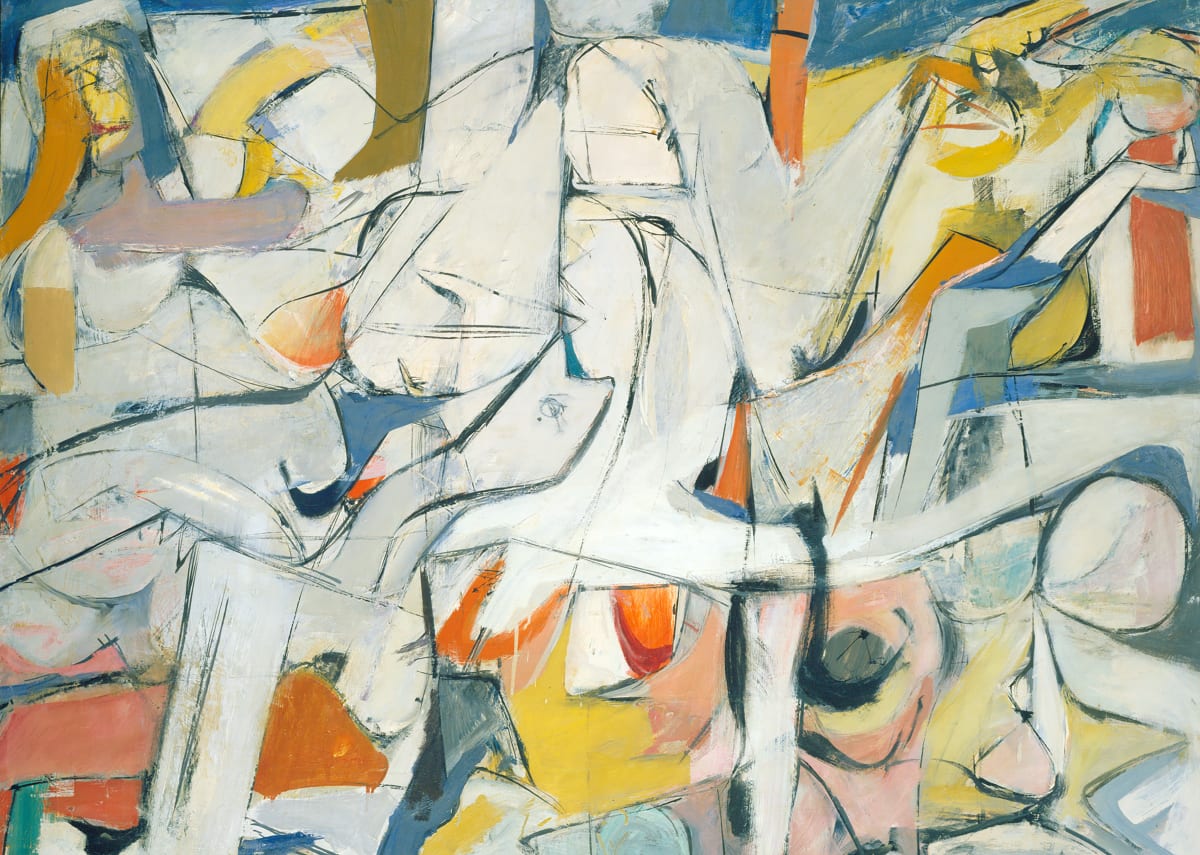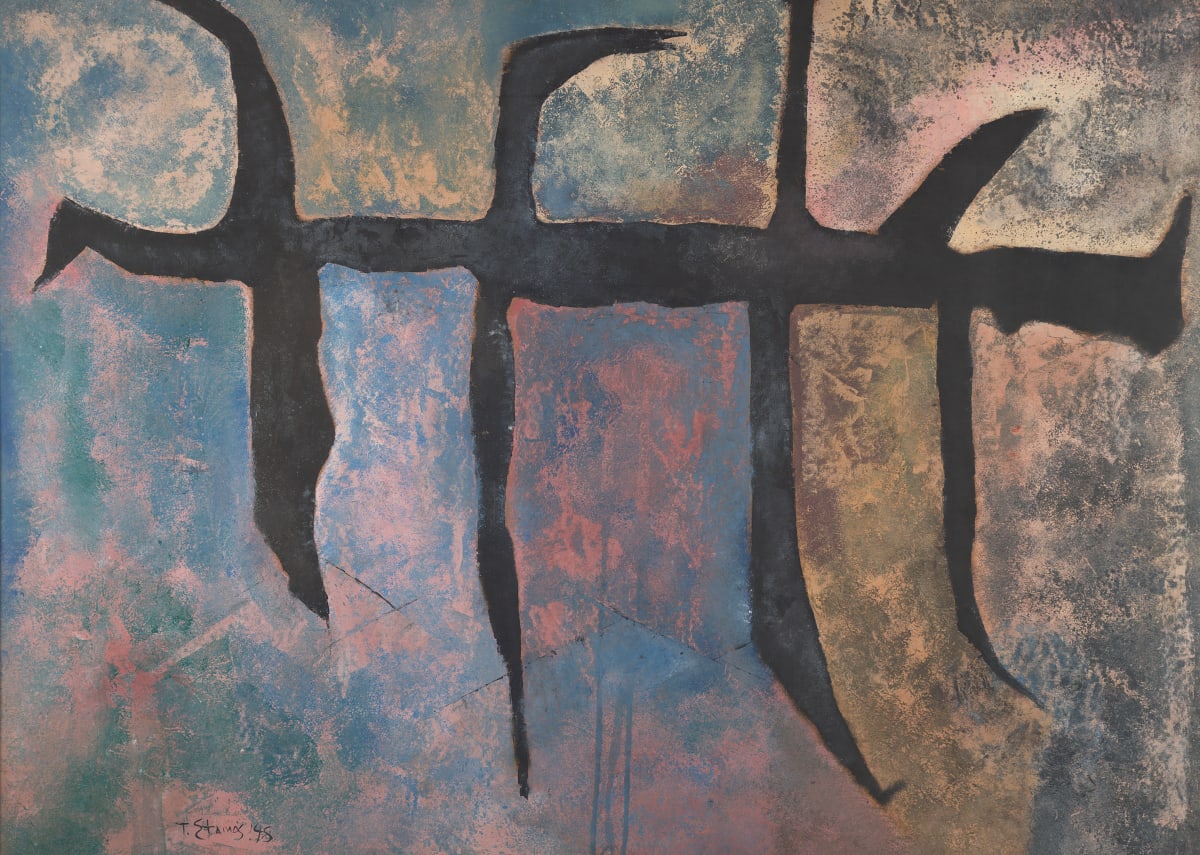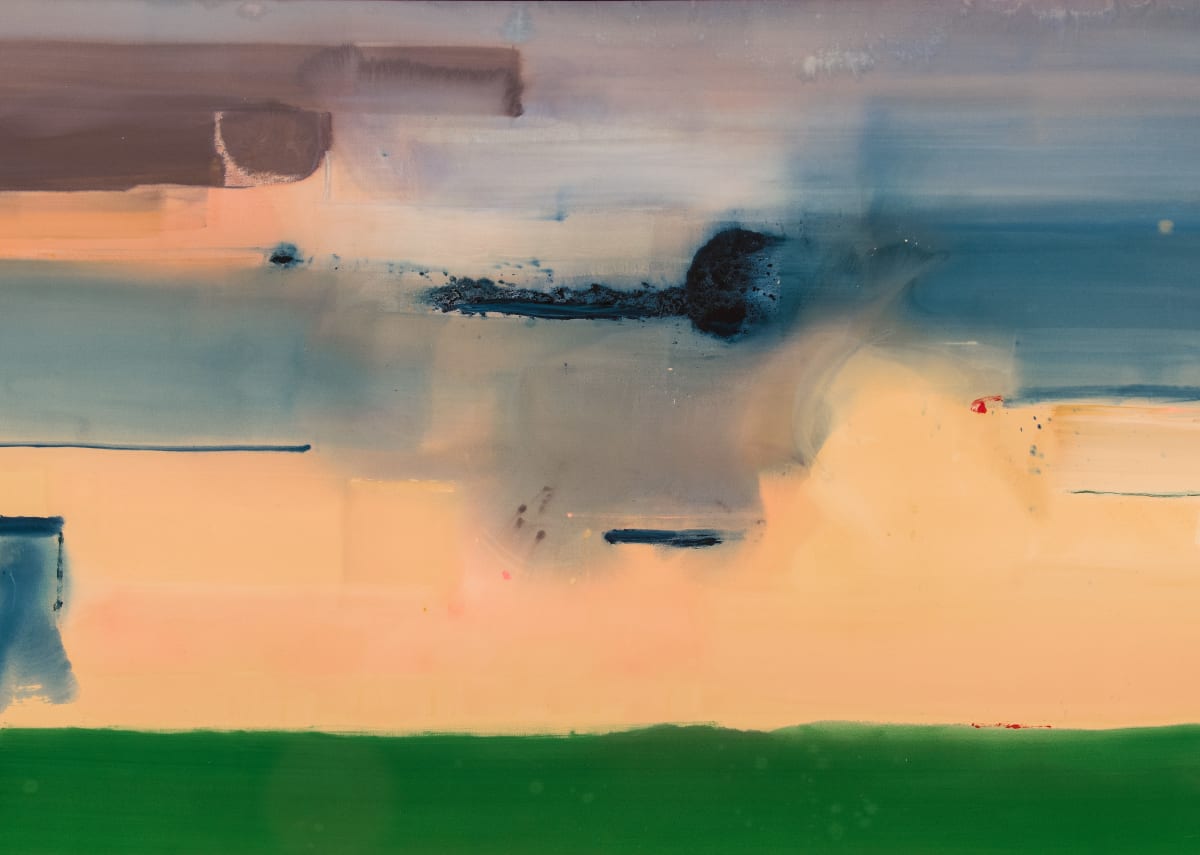
Kline contributed to the development of a gestural, calligraphic style of Abstract Expressionism.
A member of the second generation of Abstract Expressionists, Franz Kline was a regular at the Cedar Tavern and friend to the Beat poets and writers, especially Jack Kerouac. With delicately balanced compositions featuring sweeps of black against a light ground, Kline contributed to the development of a gestural, calligraphic style of Abstract Expressionism.
A member of the second generation of Abstract Expressionists, Franz Kline was a regular at the Cedar Tavern and friend to the Beat poets and writers, especially Jack Kerouac. With delicately balanced compositions featuring sweeps of black against a light ground, Kline contributed to the development of a gestural, calligraphic style of Abstract Expressionism.
Born in Wilkes-Barre, Pennsylvania, in 1910, Kline spent much of the 1930s studying art in Boston and London. He increasingly pushed towards abstraction, rendering forms less decipherable with vigorous brushwork. In 1946 Kline started generalizing subjects into series of lines and planes, which produced semi-abstract Cubist-influenced paintings.
During the next three years, a very dynamic and fluid handling emerged in Kline’s work, and he produced a number of abstract studies in ink on paper. In 1949, Willem de Kooning enlarged some of these small drawings by projecting them, a process that suggested to Kline the dramatic impact such works could have at a larger size. In a landmark exhibition at the Charles Egan Gallery in New York in 1950, he exhibited his new, monumental works. Their rawness and gestural force established Kline as an innovator.
The 1950s brought Kline commercial success as he exhibited in numerous group and solo shows. In 1956 he entered under contract with Sidney Janis—the impresario who championed the careers of Jackson Pollock, Robert Motherwell, Mark Rothko, and Philip Guston—a move that cemented his reputation. The same year, Kline reintroduced color into his paintings, which had been largely monochromatic since the mid- to late 1940s. In 1961, Kline fell ill and ceased painting. He died in 1962.
News













